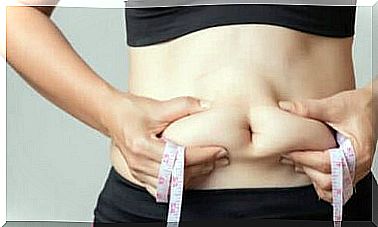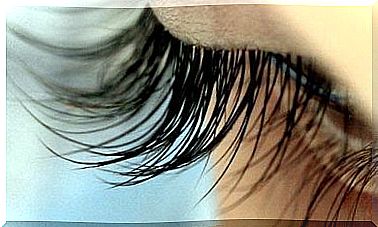Do You Know The Difference Between Hypothyroidism And Hyperthyroidism?
While people with hyperthyroidism tend to lose weight and sweat excessively, people with hypothyroidism may gain or lose weight, and feel more cold.
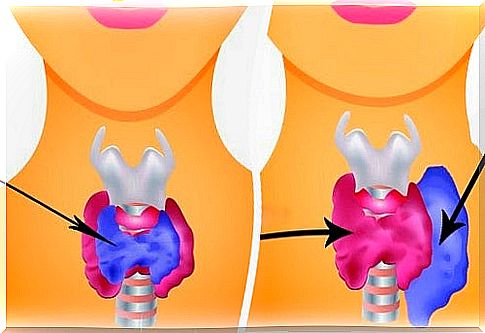
Do you know the difference between hypothyroidism and hyperthyroidism? Indeed, except to be directly affected, or to have a loved one who suffers from it, it is difficult to distinguish what their differences are.
In this article, we therefore explain to you what are the symptoms of each of the diseases as well as their main causes to know the difference between hypothyroidism and hyperthyroidism.
We also give you some tips to improve your quality of life if you suffer from it.
Difference between hypothyroidism and hyperthyroidism: what is the thyroid?
The thyroid is a butterfly-shaped gland, located just above the trachea. Its function is to regulate the body’s metabolism and also to participate in the production of hormones. This is particularly the case with thyroxine and triiodothyronine.
The thyroid is controlled by the hypothalamus and pituitary gland.

Hyperthyroidism
In the case of hyperthyroidism, and as the prefix “hyper” indicates, the gland overspeeds and causes hormonal hypersecretion. It affects less than 1% of the world’s population, and mainly affects women between the ages of 30 and 40.
The most obvious sign of this disease is the appearance of a goiter (due to the increase in the size of the thyroid). So, the usual symptoms are tachycardia, weight loss, nervousness.
Tremors, insomnia, and excessive sweating may also appear.
Causes of hyperthyroidism
- Serious diseases
- Excessive consumption of foods containing iodine or direct exposure to iodine
- Inflammation of the thyroid from viral infections, drugs or also after pregnancy
- Benign tumors of the thyroid gland or pituitary gland
- Tumors of the testes or ovaries
- Excessive drug use
Natural treatment
Always follow the treatments prescribed by your doctor. However, certain foods can also help you improve your sense of well-being:
- Cabbage
- Broccoli
- Radish
- Spinach
- Soy
- Beans
- Peaches
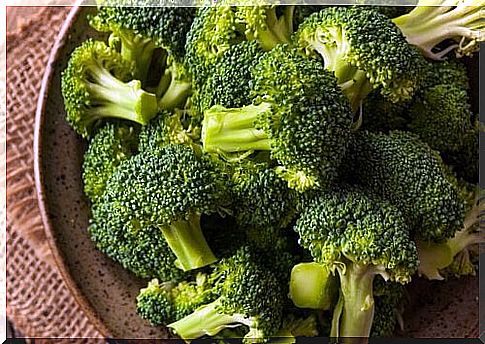
Additional Tips:
In addition to including these foods in your daily diet, avoid foods rich in iodine as much as possible.
It is also good to do regular exercise to help regulate the metabolism, and to avoid stimulants that make this condition worse as much as possible:
- Alcohol
- Coffee
- Cola drinks
The difference between hypothyroidism and hyperthyroidism: hypothyroidism
Conversely, hypothyroidism affects around 3% of the population, especially women over the age of 50 or who have just given birth.
It is thus manifested by a drop in the levels of thyroid hormone in the blood plasma, and also by symptoms such as fatigue, exhaustion, muscle fatigue, sensitivity to cold, unexplainable weight changes, depression and pain. other emotional imbalances.
Other more subtle symptoms can help detect this difficult to diagnose disease and therefore make it easier to distinguish between hypothyroidism and hyperthyroidism: a pale or yellowish complexion, water retention, hair loss.
A lack of eyelashes and eyebrows, or very dry skin may also appear.
Causes of hypothyroidism
- Different types of thyroiditis
- A recent delivery (usually after suffering from hyperthyroidism)
- Congenital defects
- Neck radiation therapy
- Antithyroid drugs
- Lithium treatments
- Chronic iodine deficiency
Natural treatments
In addition to the proper treatments prescribed by the doctor, you can eat foods to increase your iodine levels:
- Parsley
- Eggs
- Apricots
- Blue fish
- Bananas
- Almonds
- Cress
- Cucumbers
- Peas
- Apples
- Figs
- Iodized salt or sea salt
- Marine foods and seaweed rich in iodine such as kelp seaweed, or wrack
- Pisces
- Sea food
- Quinces
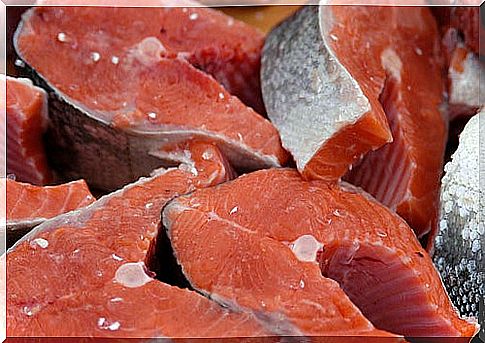
Other tips:
If you eat algae, keep it organic so that it doesn’t contain any toxic substances. If you don’t like their taste, then consume them in tablet form.
They provide iodine, but also many other minerals and essential amino acids, and are therefore very beneficial for our body.
Another solution would be to prepare a seaweed salt. Indeed, by grinding the sea salt and seaweed, you will obtain an excellent salt that you will have to mix well and keep in a tightly closed container.
The salt will indeed act as a preservative on the algae. You can use it in the same way as normal salt to prepare your soups, stews, etc.
You should avoid consuming the following foods, which block the absorption of iodine: cabbage, Brussels sprouts, cauliflower, broccoli, spinach, head cabbage, soybeans, peaches, beans and lime, just like processed and refined foods, and also tap water.
In addition, you can prepare pennyroyal and ginger infusions, and also season your food with cayenne pepper.
Images by Ulterior Epicure, Daniel Friedle and Pokrzywinski



